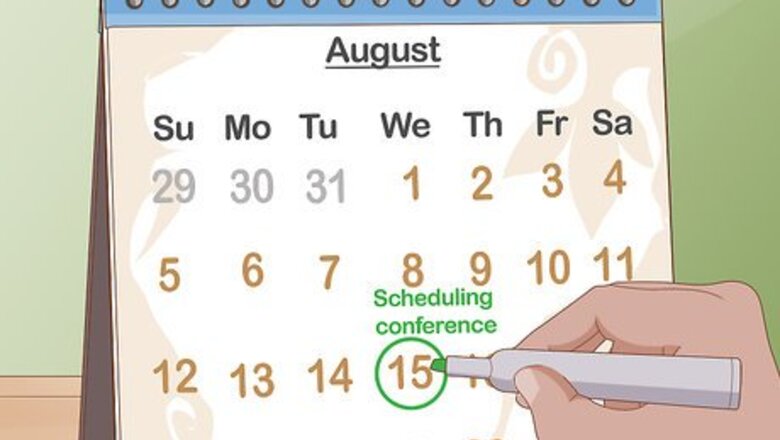
views
X
Trustworthy Source
Public Counsel
Largest pro bono law firm in the U.S.
Go to source
Initiating the Joint Conference
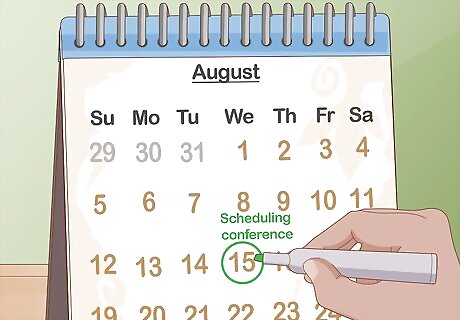
Determine when the scheduling conference has been set. The timing of your discovery conference depends on the date of the scheduling conference, if the judge has ordered one. If the judge has set a scheduling conference, you will have received an order that includes the date and time, which will also be listed on the court's docket. If more than 120 days have filed since the complaint was filed and no scheduling conference has been ordered, you can safely assume that the judge doesn't intend to hold a conference before issuing the scheduling order. When a scheduling conference has been set, your discovery conference must take place at least 21 days before the scheduling conference. Otherwise, it must take place at least 21 days before the judge's deadline to issue a scheduling order.

Contact the other party. Since you cannot begin discovery until after this discovery conference, it's a good idea to take the initiative and call the other party yourself to set up the initial conference so you can get on with litigation. Keep the deadline in mind. The rules tell you when the latest date is that you can possibly schedule the conference, but usually you'll want to schedule it as soon as possible. You can schedule an in-person meeting if you want, but typically it's more convenient for all concerned to have the conference over the phone.

Review what will be covered at the conference. Rule 26 of the federal rules has a list of the specific topics that must be covered at your initial conference of formal discovery. Go through this list and create an outline so you can take notes during the conference. Generally, you must be able to describe the nature of your claims or defenses in the lawsuit and the possibility of settling those claims before trial. Any issues related to the preservation of discoverable information, such as not shredding documents or maintaining electronic files, should be addressed. For example, if you're suing a company that has a policy of permanently deleting emails from its servers after a specific period of time, you need to discuss how any emails or other electronic documents related to the lawsuit can be removed from that filter and preserved. You also must discuss scheduling matters, including the length of time both parties estimate discovery will take and when the trial potentially will take place.
Providing Initial Disclosures
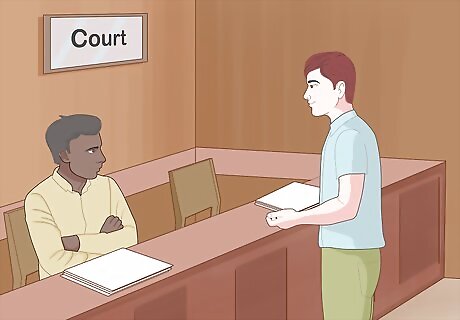
Format your document. Although your initial disclosures don't have to be filed with the court, they still must follow the same formatting requirements as any court document involved in your case, including the applicable caption. While all federal courts have the same basic formatting requirements, local rules may impose additional requirements in particular districts. Check with the clerk of the court or on the court's website for sample documents and templates that will help you comply with that court's specific formatting requirements. Federal courts often have guides designed to assist litigants who are representing themselves. These guides typically include step-by-step instructions for navigating discovery procedures, as well as samples or templates of required documents. Keep in mind that the caption at the top of the first page will be identical to all other documents filed in the case, so you may copy it exactly from the complaint or another case document.
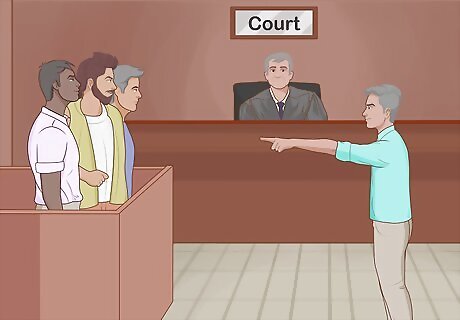
Identify potential witnesses. Your initial disclosures must include the names and contact information of anyone you know to be an eye-witness to the dispute on which the lawsuit is based, or anyone else with knowledge about the claims that you think you might call as a witness. Keep in mind that just because you list someone in your initial disclosures doesn't mean you have to call them as a witness – but you must list anyone you think might have knowledge to preserve your right to potentially call them as a witness. If you expect to depose anyone, such as the other party or witnesses for the other side, you must include their names. Each person listed must be identified by their full legal name and include an address and phone number. You should separate your list into people you intend to call as witnesses, in one section, and people you may call if necessary in another section.
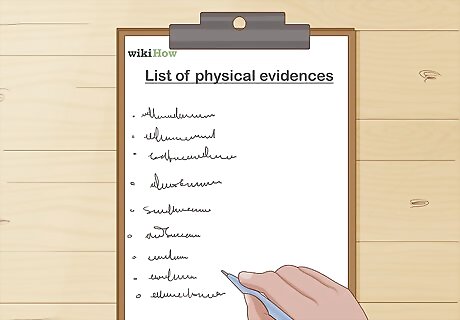
List documents or physical evidence. Your initial disclosures also must include a list of any documents or other exhibit you may present as evidence at trial, or that contains information relevant to the claims or defenses raised in the case. As with witnesses, just because you disclose a piece of evidence doesn't mean you have to use it – you're simply preserving your right to use it. You don't have to provide a copy of any documents that you list at this stage – it's up to the other party to issue a request for production of those documents. However, you do need to provide a brief summary of the information the document includes and why it is relevant to the proceeding. Just as you did with witnesses, you want to split your evidence list into two categories: things you definitely intend to present, and other things you may present if necessary. If you are the plaintiff, you also must provide a detailed computation of the damages you believe you are owed in the case, including the documents you're using to make your computations.
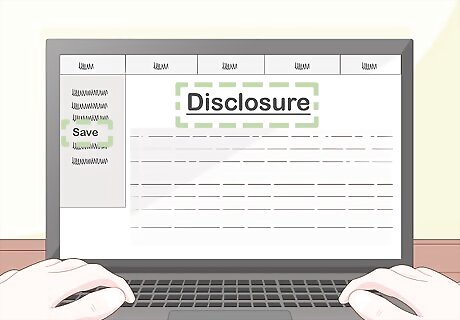
Finalize your document. When you've finished drafting your disclosures, proofread them carefully and compare your document to the list provided in the rules to make sure you haven't inadvertently left anything off. Keep in mind that if you fail to disclose some types of information, you may be forbidden from introducing that evidence at trial. You may want to talk to an attorney if there's information that you're unsure about. Generally speaking, however, disclose anything that relates to the dispute or that you think you might want to use as evidence at trial. You also must disclose evidence that might go to support the other party's claims or defenses, if it's something your possession that the other party wouldn't have any reason to know about.
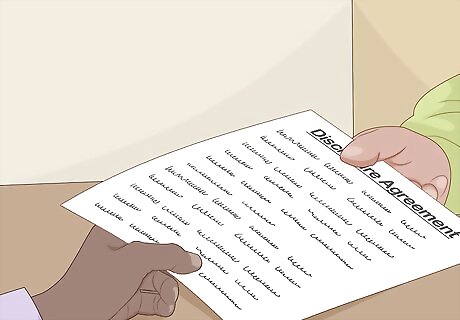
Have your disclosures served on the other party. Although your initial disclosures typically don't have to be filed with the court, they do have to be served on the other party before the deadline using a legal service of process method. Make a copy of your disclosures for your records and send the originals to the opposing party along with a certificate of service. You can get a copy of the certificate of service form from the clerk of court. The easiest way to have your disclosures delivered to the other party is to use certified mail with returned receipt requested. That way you'll know when the other party gets your documents.
Drafting a Joint Discovery Plan
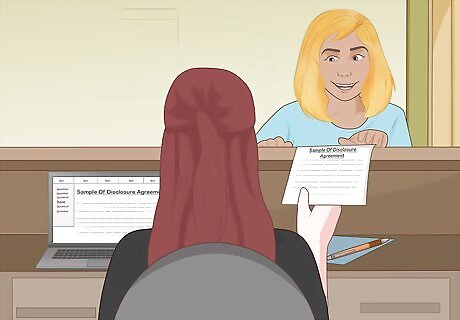
Format your document. The joint discovery plan must be filed with the court, so it must follow the formatting guidelines established by the court. While you probably should start drafting the plan as soon as possible after the conference, you typically can format your document ahead of time. Check on the court's website or with the clerk to get a template or sample of a joint discovery plan that you can use as a guide. Particularly if you are the plaintiff in the case, you want to take the initiative and create the first draft of the joint discovery plan before the opposing party does. While you can't write out the substantive terms of the agreed plan until you've had the discovery conference, if you format the document and include the introductory and closing paragraphs beforehand, you'll be ahead. After the conference, all you'll need to do is plug in the specifics to which you and the other party agreed.
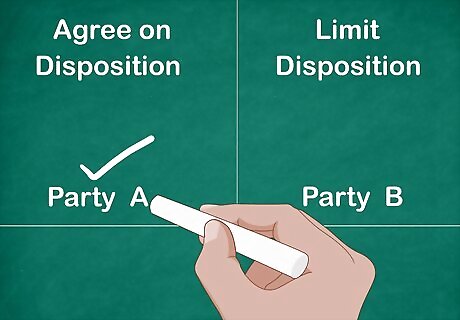
Describe the types of discovery each party will seek. The parties have several methods of discovery at their disposal, including interrogatories, requests for production, and depositions. The plan lets the court know which of these methods each party plans to use, and any limitations upon which the parties have agreed. The discovery process, as described in the federal rules, is fairly open-ended. However, depending on the initial disclosures provided by each party, you may agree to dispose of certain elements of discovery. For example, you may limit depositions to particular individuals, or allow questions only about particular matters in depositions. You also want to address any agreements you reached regarding the preservation of evidence for discovery and how specific types of evidence, such as electronic evidence, will be made available to the other party.
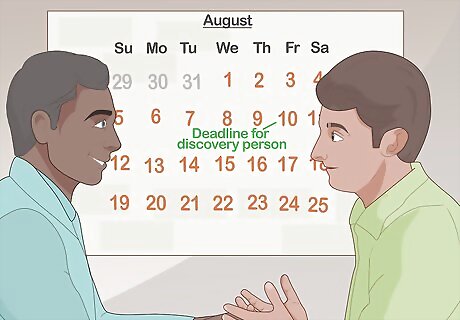
Set deadlines for the discovery process. One of the primary purposes of the joint discovery plan is to provide concrete deadlines by which both parties agree the various phases of discovery will be complete, so the litigation may proceed efficiently. If the case is particularly complex, you and the other party may agree to break the discovery down into phases based on each of the claims or elements. This can keep the evidence and information from being confused, and allow the parties to adequately plan for each part of the case. However, breaking the case down that way may not make sense if it will mean the same people need to be deposed several times on different aspects of the case. The federal rules may include deadlines for various stages of litigation, but typically the parties to a case are allowed to extend (or shorten) these deadlines by agreement. You also may want to check the local rules applicable to the particular court to see if there are additional deadlines or recommended time periods for various pretrial actions.
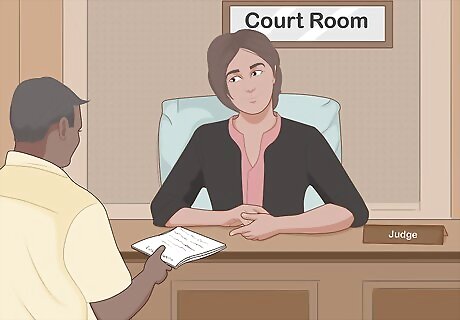
Include any proposed changes to the court's scheduling order. Judges typically set deadlines for various phases of pre-trial litigation based on the court's rules of procedure. However, in many situations the parties have the ability to request a deviation from these rules. You can find information about these deadlines in the local rules. The judge also may make such information known to you. If the other party is represented by an attorney, that attorney typically will have far greater familiarity with the judge's practices and the deadlines they usually set. Keep in mind your plan is subject to the judge's approval. Particularly if you've agreed to extend deadlines or lengthen the discovery process, the judge may decide that such an extension does not serve the court's interest in efficiency. You also must include any other information that the judge has indicated they want to see, either in that judge's "standing orders" or in any other orders the judge has filed in your case. Check the judge's website for information on standing orders applicable to that particular judge.
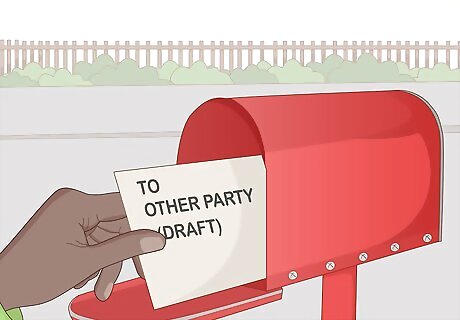
Send your draft to the other party. Since the plan must be submitted by both parties, you must send your draft over for approval before it's filed. The other party may send it back to you with changes or additional language suggested. All parties must agree on the substance of the plan before it can be filed. If the opposing party is represented by counsel and you aren't, you should expect that attorney to propose significant changes be made to your original document. The attorney may even draft their own version and submit it to you for your approval, rather than marking up your document. If you receive a new draft or significant changes, don't take offense to it. Keep in mind that especially if an attorney has filed numerous discovery plans, they probably have their own way of doing things and you can't expect your document to meet their standards. Read through the changes carefully and make sure you understand them before you include them in the plan. If there's anything with which you disagree, contact the other side to discuss it.
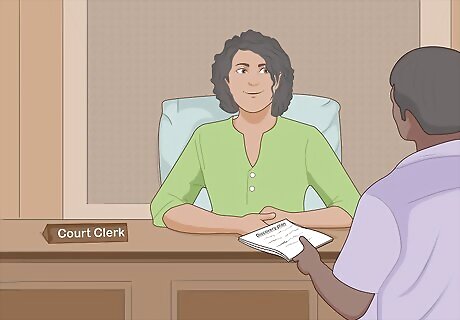
File your plan with the court. Once both parties agree on what's included in the discovery plan, it must be filed with the court within 14 days of the date you held the discovery conference. While typically an attorney with e-filing privileges will take care of the filing, you should be prepared to do it yourself just in case. You typically may file your plan in person or by mail. However, keep in mind if you mail your plan it may be a few days before it's filed. If you're close to the deadline, it's typically better for you to file it in person. The clerk will need your original plus two copies for the court's files. You also must send one copy to the opposing party the same day you file the plan with the court. Make sure you make a copy of the discovery plan for your own records and make a note of the day you filed it.

















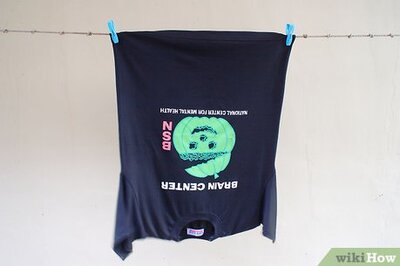


Comments
0 comment